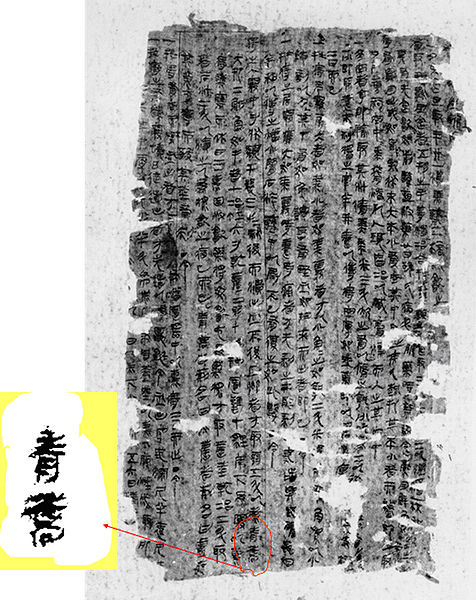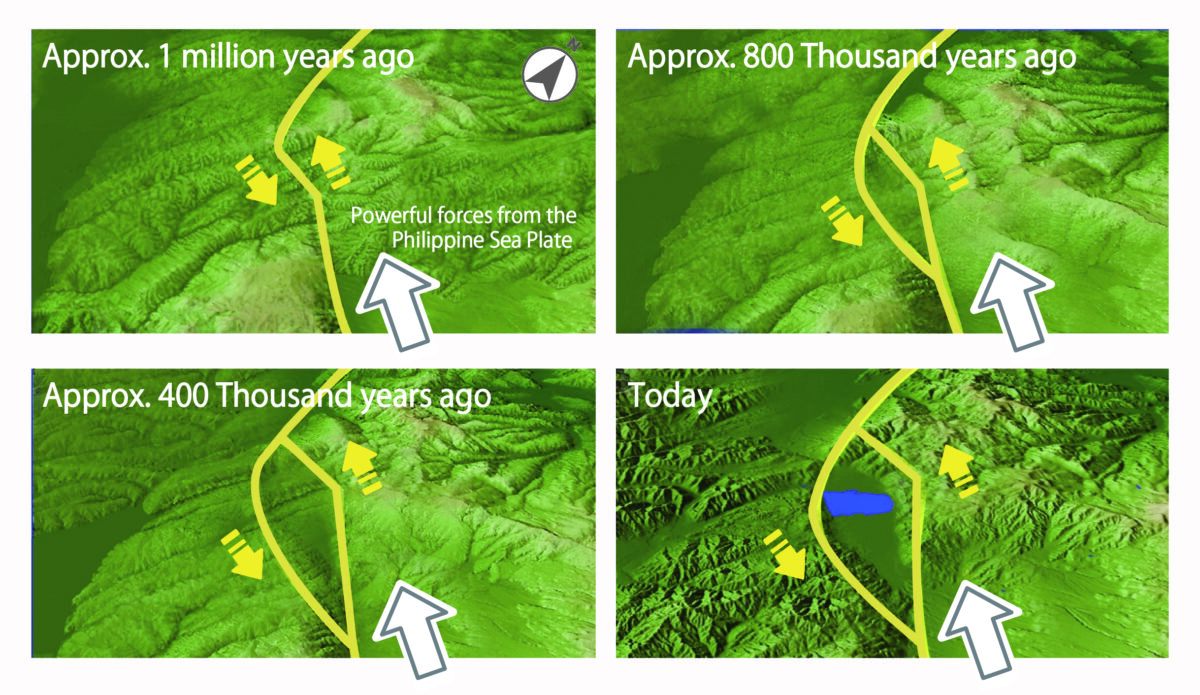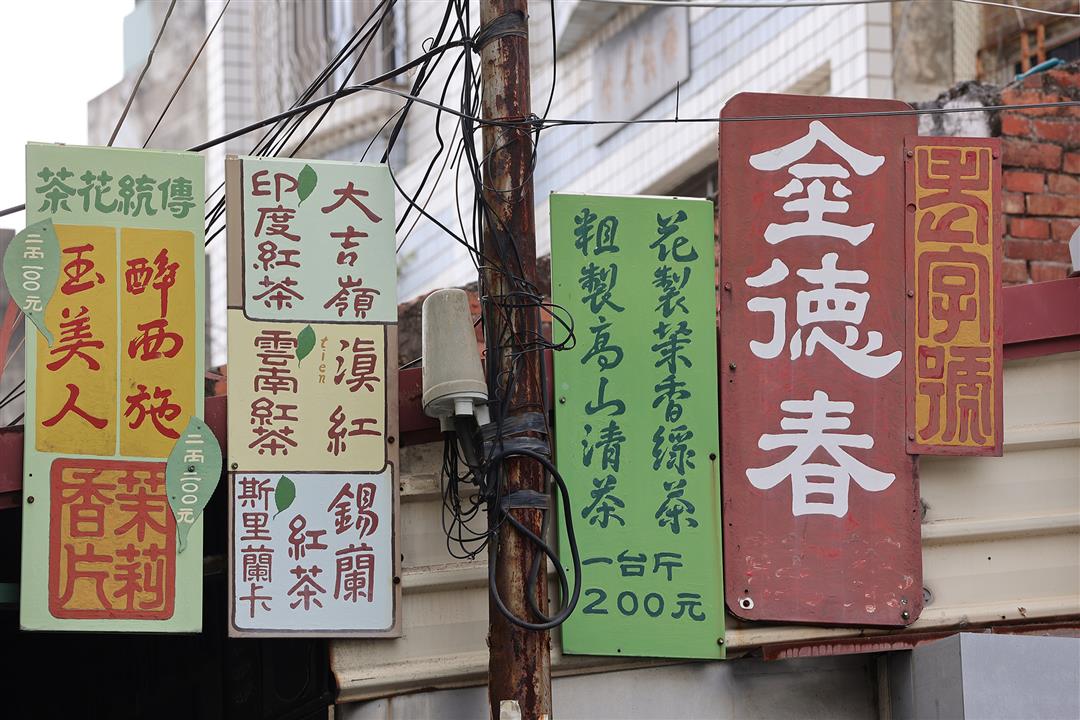Can anyone please tell me which language this is in and also what it says?
Thank you in advance.
Those appear to be Chinese characters, some of which I recognize as having seen before, and nothing else, so I’m going to guess that the language is Chinese. Sorry I can’t say anything more useful than that.
Figured it was some Asian language but not sure which one.
This is on a painting my daughters beau has. They’d like to find out what it says.
It’s Japanese Kanji, so written in Chinese characters.
“Scenes of Mount Fuji” is part of it. Dunno if we have a Japanese regular here. Twenty years ago, you’d have your answer by now, probably.
Pinging @TokyoBayer for help. Pretty sure we have someone else who lives in Japan, but their name is currently eluding me.
He’ll have your answer for sure. Once he wakes up in Hokkaido. ![]()
Six views of Lake Suwa (inside the box)
The best one (outside the box)
Translation by Google Lens
I can’t translate it, but I can tell you that one clue that it’s Japanese is that the text is written vertically, not horizontally. Also, what we can see of the art style appears Japanese.
Weird that Google Lens gave you an answer that good. I also tried it, and for outside the box, it gave me (auto choosing Chinese) “It’s better to make a profit” and in Japanese “Best chang yi mao”.
Inside the box it gave me in Japanese “Tomimaki rokukagenobu lake suwa”.
It’s part of a series of woodprints by a Japanese artist, Hokusai, of the “Great Wave” fame. The series is Thirty-six Views of Mt. Fuji.
Inside the box, it’s the name of the series (富嶽三十六景) and this particular location (信州諏訪湖). Outside the box, it’s a stylized version of the artist’s name (葛飾北斎).
This particular one is of Lake Suwa, on Wikipedia here:
It looks like a later impression of the woodcut, with more colors:
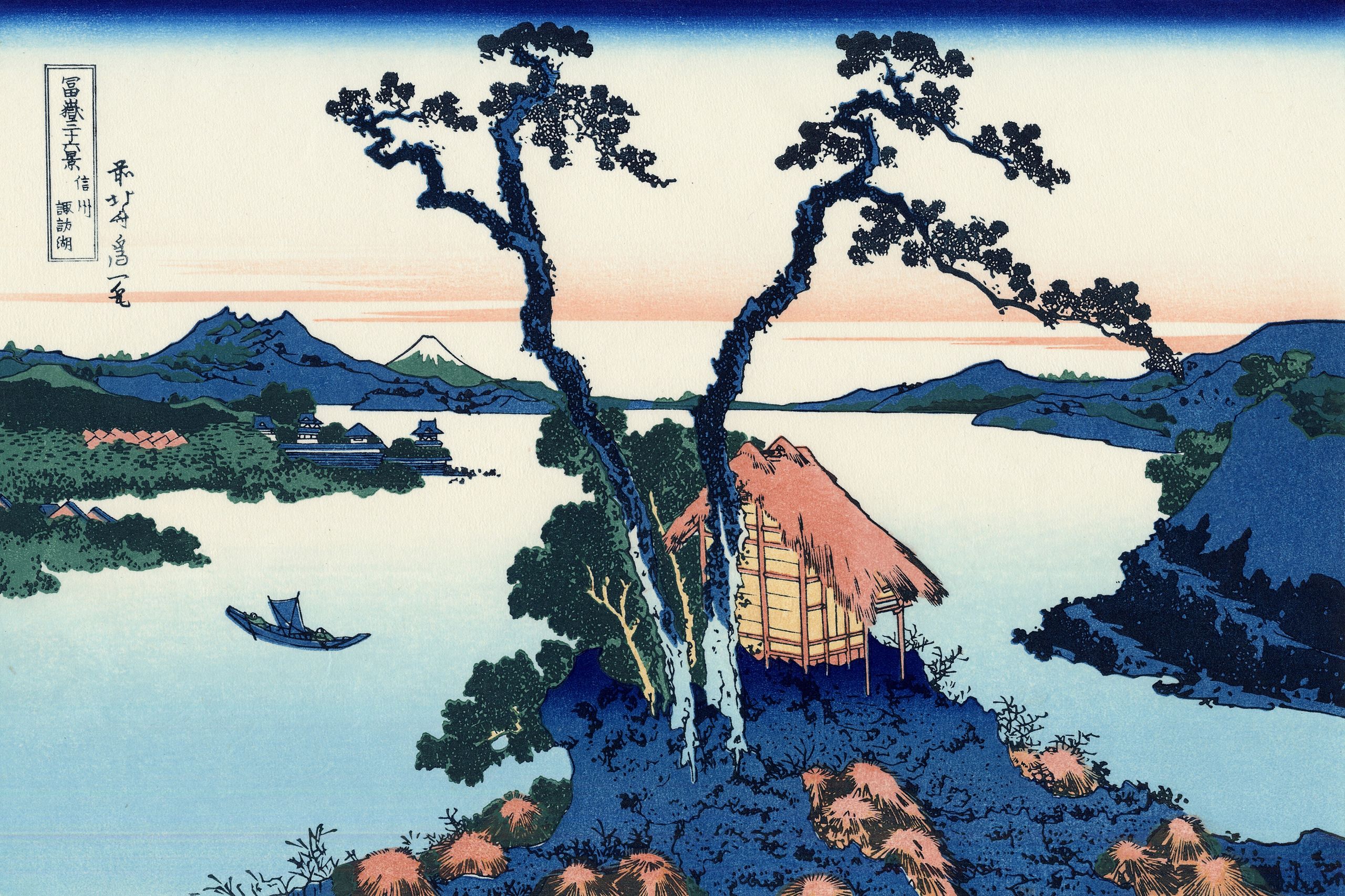
You can see the same bushes and mountain range beneath the text, though the colors are slightly different

Jezz, some of us have lives outside of the Dope. ![]()
I’m on the signal boat of a sailing race and we’re busy. ![]()
@Reply has it and I’ll comment later after the race is finished.
FWIW, this is not necessarily the case with Chinese, either. Traditionally, Chinese writing can also be written vertically (top-to-bottom then right-to-left), as in paintings or calligraphy.
It’s a pretty common orientation in East Asian scripts, especially traditionally, though Westernization has made left-to-right, top-to-bottom writing common as well.
Probably TokyoBayer can say more about that. I grew up struggling to read the characters, whichever way they were written…
Thank you to everyone that posted. ![]()
I mean, European writing can be vertical, too (though less often). That’s why I called it a clue: When you see Asian writing oriented vertically, it’s more likely to be Japanese.
The art style was also only a clue, not definitive, as anyone can create art in that style, unless one recognized the specific painting (as you did).
So much not merely that that I do not think the writing direction is indicative of anything.
I’ve never studied either language, but to me, anyway, Japanese can usually be identified by some of the common particles. One common one is “no,” which looks like a sideways six. Other common ones are “ga” and “wa.”
Taiwanese novels are often printed with vertical script.
I hope this doesn’t seem overly pedantic, but for clarity, this is the part that several of us disagree with.
Vertical script in and of itself common in several East Asian languages, and doesn’t really indicate anything except maybe format (i.e. it’s more likely to be that way in novels, old prints, etc., than on the web) or era (it was even more common in the past). It’s not just that other East Asian languages can be written vertically, but that they often are written vertically, just as much as in Japanese.
Specifically, when trying to distinguish between Japanese and Chinese (two languages which often share written characters), it is not a reliable clue at all. Especially when it’s used in traditional art/calligraphy in either culture. Even with trying to distinguish, say, Korean (which has a mostly different set of characters), vertical writing isn’t sufficient for differentiation.
To people who can identify some subset of characters between the three (Chinese, Japanese, Korean, which share common roots and certain characters), the presence of certain “foreign” looking characters are more a clue than orientation. For people not familiar with any of the characters, looking at shapes, i.e. circles vs squiggles vs harsh straight lines, like this:
Would be a more reliable clue (more details here: How to Tell Chinese, Japanese, and Korean Writing Apart: 6 Steps… though see caveat* below)
Orientation won’t really tell you anything. For this specific piece, it was the actually the stylistic box that made it look like an art piece, my mom that recognized a few of the characters, and Google Lens that identified the specific work of art ![]()
* Caveat: But of course even that article says “Apart from the characters, you can often tell Chinese, Japanese, and Korean apart based on whether the script is written vertically or horizontally”…![]() which just isn’t true, lol. The very source that sentence cites claims otherwise: “While they are linguistically unrelated, all three can be written both horizontally and vertically, and all three use Chinese characters”. Don’t trust everything you read online and all that.
which just isn’t true, lol. The very source that sentence cites claims otherwise: “While they are linguistically unrelated, all three can be written both horizontally and vertically, and all three use Chinese characters”. Don’t trust everything you read online and all that.
Huh. Interesting. I fed the image yesterday into ChatGPT-4o, and it also got all that information. I didn’t post, because I didn’t have time to vet the answer and was curious whether it would be accurate at all, and it turned out it was. (To be fair, it does well with translations in general, in my experience, but this was my first time feeding it an image of characters.)
The races are finished and I’m home now.
I couldn’t read some of the kanji such as the name on the right side so I asked a few Japanese. None of them could read the kanji either, although had the would be familar with the woodprints so they would know the artist.
I got curious about this view because I wasn’t familiar with Shinshu, and it turns out to be the former name of the area now known as Nagano. It’s a long ways from Mt. Fuji and I was curious if the mountain could actually be seen from Shinshu / Nagano.
An interesting fact about this view of Mt. Fuji is that this is part of Japan is 80% mountainous and Lake Suwa is in the bottom of the Sawa basin about 100 km (60 miles) from Fuji so it would not seem likely to be able to see Fuji from there.
The amazing view is possible because of the particular geological coincidences.
This site gives an interesting explanation.
So it’s at the collision point of two tectonic plates what make a long opening through central Japan.
At best that “rule” is like trying to use a sledgehammer in brain surgery.
Google “Chinese scrolls” and see how incorrect this statement is.
Also, see any written text prior to sometime after the PPC started making changes.
Or you can looks at books published in Taiwan, of which we have hundreds in our house.
etc. etc.
This is written horizontally, it must be Chinese!!
Except it’s not. It’s Japanese.
Vertical writing. Japanese? Chinese?
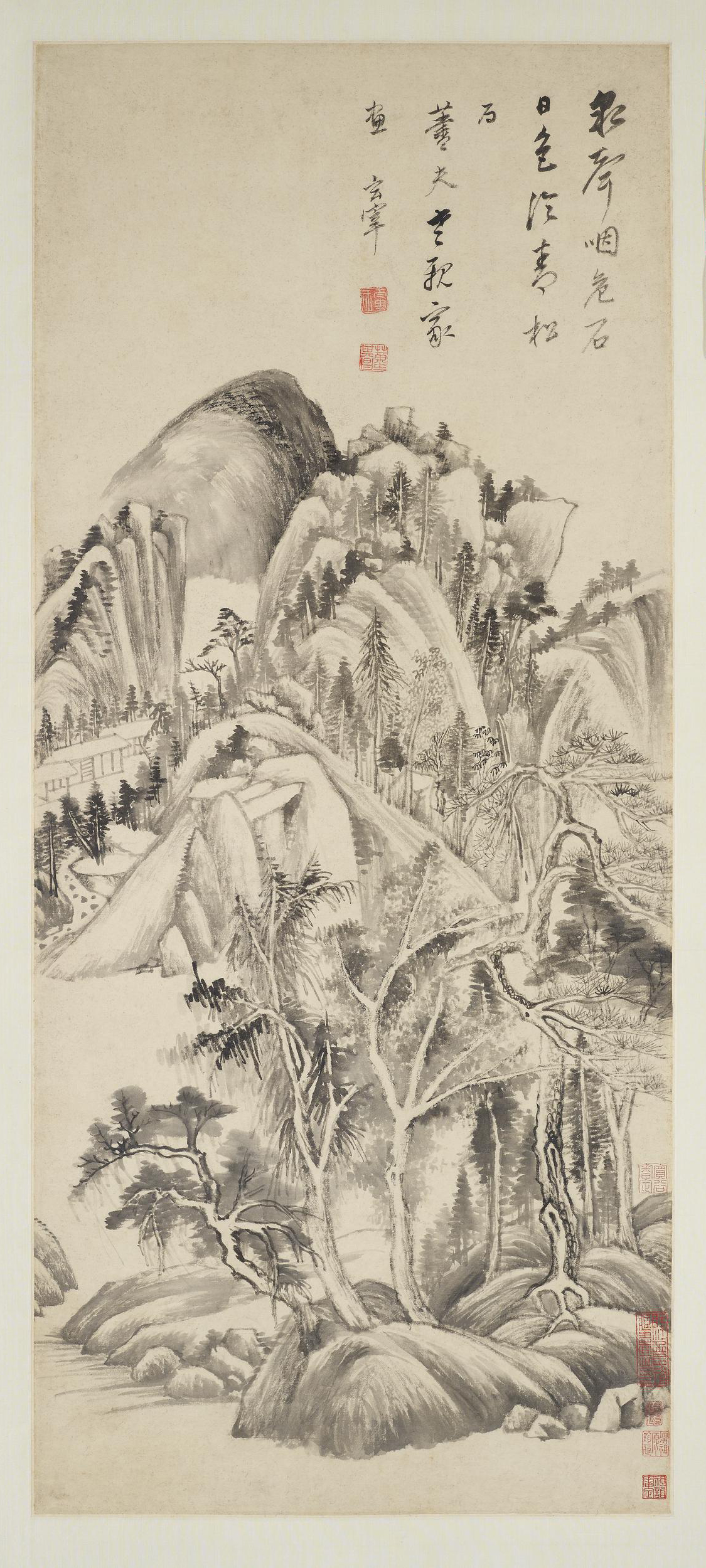
Chinese.

